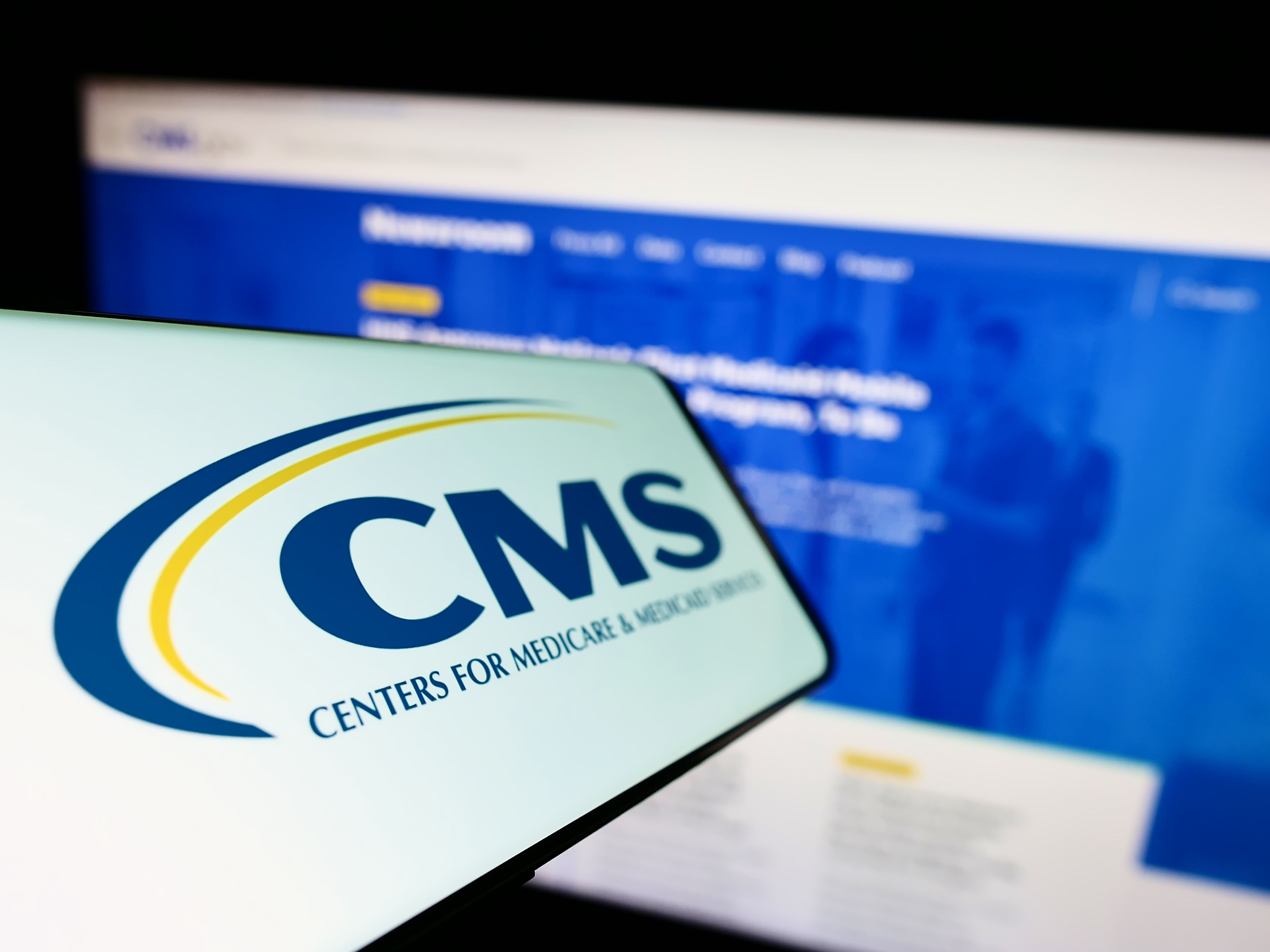Article
Report details how to rebuild primary care
Author(s):
Reforming payment models, expanding telehealth, and supporting team-based care are key to ensuring access to primary care.

Providing quality primary care to all people in the country, the U.S. must reform payment models, expand telehealth, and support team-based care.
According to a news release, these are just some of the recommendations contained in a new report from the Committee on Implementing High-Quality Primary Care titled Implementing High-Quality Primary Care: Rebuilding the Foundation of Health Care.
The report notes that no federal agency has direct oversight over primary care and recommends the Department of Health and Human Services establish a Secretary’s Council on Primary Care to act as the accountable entity as well as an Office of Primary Care Research at the National Institutes of Health (NIH), the release says.
Insurance status should not be a barrier to an individual having a consistent source of primary care. The report recommends that insurance providers ask covered individuals to declare their source of primary care every year so the data can be tracked and used for accountability measures, according to the release.
Despite its status as a cornerstone of the health system, visits are declining, the workforce is shrinking, and many practices struggle to remain open. The decline in the primary care workforce has been associated with the loss of 85 lives per day overall, to combat this the report recommends diversifying the primary care workforce, equalizing compensation with specialties, and incentivizing trainees to work in underserved areas, the release says.
“The strength and quality of primary care need to be a public priority,” Bob Phillips, director of the Center for Professionalism and Value in Health Care, American Board of Family Medicine, and co-chair of the committee that wrote the report, says in the release. “Primary care serves people throughout their lives, for everything from school-mandated health checkups to managing multiple chronic conditions, but it remains inaccessible to far too many. If we increase the supply of primary care, more people and communities will be healthier — and no other part of health care can make this claim. For this reason, similar to public education, primary care should be a common good, not a commodity service that needs to compete in the marketplace.”
Other recommendations contained in the report are below, as they appear in the release:
- Reform payment models: Public and private payers should shift from a fee-for-service (FFS) payment model to hybrid models (part FFS, part capitated, in which clinicians are rewarded for better outcomes and paid per patient, rather than per visit or procedure), making them the default payment method over time. CMS should aim to increase physician payment rates for primary care services by 50 percent, and identify overpriced health care services and reduce their rates to accomplish this.
- Increase access points: HHS should invest in the creation of new health centers, particularly in areas that are underserved or have a physician shortage. These may include federally qualified health centers, school-based health centers, rural health clinics, and Indian Health Service facilities.
- Design interprofessional care teams: Primary care teams should fit the needs of communities, work to the top of their skills, and coordinate care across multiple settings, says the report. The field needs to consider how to meaningfully engage the full range of primary care professions, including physician assistants, nurse practitioners, medical assistants, community health workers, behavioral health specialists, and others. In addition, the report describes opportunities for integration between primary care and public health, behavioral health, oral health, and pharmacy.
- Support community-based training programs: Training primary care clinicians individually in inpatient settings will not adequately prepare them to deliver high-quality primary care, says the report. HHS should support training opportunities in community settings and in rural and underserved areas, and provide economic incentives such as loan forgiveness and salary supplements. Trainees should also receive opportunities to work alongside non-physician care providers and extended care team members.
- Make health information technology user-friendly: Digital health technology can make the primary care experience more efficient, higher quality, and more convenient. In the next phase of electronic health record certification standards, the Office of the National Coordinator for Health Information Technology and CMS should account for the user experience of clinicians and patients (time spent using the system, ease of data transfer, and ability to make sense of data).
- Establish accountability and effective measurement: Senior secretary-level coordination at HHS is necessary because of the various agency-level activities that affect primary care, including workforce training, safety-net funding, payment and benefits policy, health information technology, and research. The proposed Secretary’s Council should be tasked with defining measures for high-quality primary care. There are currently too many metrics, which are burdensome and measuring the wrong things. Measures should be pared down and focus on overall health and well-being and equity, rather than disease-specific outcomes or payment.
- Create a primary care research agenda: Primary care still largely depends on evidence derived from research on subspecialty care, hospital settings, or single-disease cohorts. Moreover, primary care research is routinely less than 0.4 percent of NIH’s budget. Creating a research arm for primary care at NIH would build an evidence base to guide improvements in care quality, experience, and cost. Further, the report recommends prioritizing funding of primary care research at the existing National Center for Excellence in Primary Care Research office at the Agency for Healthcare Research and Quality.





